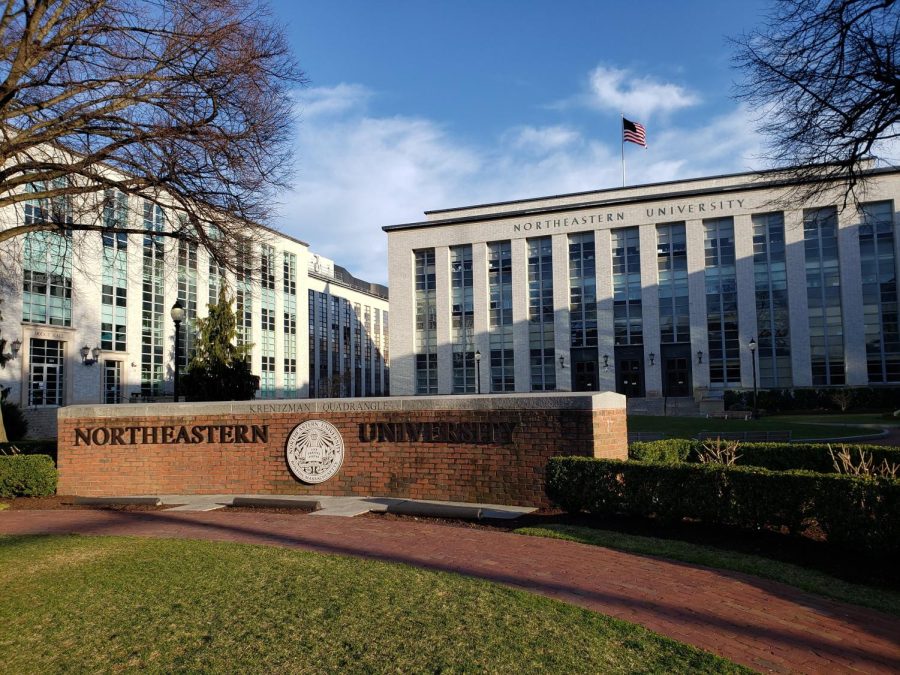Northeastern University Bombing a Hoax, Says DOJ
October 17, 2022
Boston Police, joined by a bomb squad and EMS teams, swarmed one of Northeastern University’s VR laboratories on the evening of Sept. 13 in response to reports of a package bomb that was detonated and had injured a staff member. According to police, the package contained what appeared to be parts of a rudimentary explosive device, along with a manifesto condemning Mark Zuckerberg and the accelerating development of technology. The bomb was designed to detonate upon opening, and the addition of a written piece of literature inside had many drawing comparisons to the Unabomber. While the manifesto gives some insight into the motive, the exact reasoning for the attack remains unclear.
Soon after the event, it was revealed that the staff member injured was a 45-year-old man who had suffered minor injuries to his hands and arms. Immediately, Northeastern students began speculating that there was something more going on. Bombs don’t usually just graze someone’s hand, even if they are poorly built. Law enforcement began to have suspicions too, especially after talking to the victim and finding that his story changed from interview to interview. The story went quiet for a few weeks while investigations were conducted, both on the ruins of the alleged package bomb and on the victim.
On Oct. 4th, the incident was in the headlines yet again. The identity of the victim was revealed, as was the fact that he had staged the event and was facing charges from the U.S. Department of Justice. The perpetrator was Jason Duhaime, the now-former director of the Virtual Reality Research Lab at Northeastern University. The investigation of the allegedly detonated device found that there was no damage done to the manifesto inside, which should have been destroyed upon the detonation of the bomb. Additionally, there was no evidence at the scene of any small projectiles that had been ejected from the bomb, which was what Duhaime described had caused the injuries to his hands and arms.
Duhaime has denied time and again that he has anything to do with the device. However, the computer seized from Duhaime’s had a copy of the manifesto on it, last opened just a couple hours before the incident. The document containing the piece was created on Sept. 13 at 2:57 p.m. and printed that same day just after 4 p.m. Reports of a bomb detonation began around 7:30 p.m. that night, suggesting that perhaps the manifesto was a last-minute addition to the crime. Not much is known about the motive for the hoax at this time, but as the trial progresses, more information on the case should emerge.
The bombing itself was a hoax, but the impact that it had on both the Northeastern student body and the community beyond is very real. The City of Boston has a storied history with explosives, and the event had many harkening back to the Marathon Bombings. While the Northeastern package ‘bomb’ was both on a much smaller scale and a hoax, the event was similar enough to instill fear among those who had experienced the fallout of the 2013 terror attacks. Duhaime will not be sentenced to death as Dzhokhar Tsarnaev was, but he could face up to 5 years in prison, 3 years of parole and a fine up to $250,000 (and possibly double all of this, as he is being charged with conveying false and misleading information and making false statements to the FBI). While nothing concrete has come from the situation, the trial is expected to take place in the coming weeks and hopefully, the citizens who have been affected by Duhaime’s actions will get the answers that they need.

